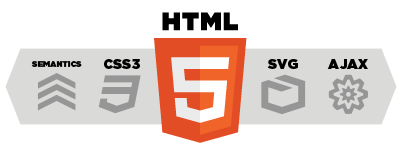Definition
Avoid coupling the sender of a request to its receiver by giving more than one object a chance to handle the request. Chain the receiving objects and pass the request along the chain until an object handles it.
UML class diagram
Participants
The classes and/or objects participating in this pattern are:
- Handler
(optional) implements the successor link
- ConcreteHandler
can access its successor
if the ConcreteHandler can handle the request, it does so; otherwise it forwards the request to its successor
- Client - initiates the request to a ConcreteHandler object on the chain
Sample code in C#
///
/// MainApp startup class for Structural
/// Chain of Responsibility Design Pattern.
///
class MainApp
{
///
/// Entry point into console application.
///
static void Main()
{
// Setup Chain of Responsibility
Handler h1 = new ConcreteHandler1();
Handler h2 = new ConcreteHandler2();
Handler h3 = new ConcreteHandler3();
h1.SetSuccessor(h2);
h2.SetSuccessor(h3);
// Generate and process request
int[] requests = { 2, 5, 14, 22, 18, 3, 27, 20 };
foreach (int request in requests)
{
h1.HandleRequest(request);
}
// Wait for user
Console.ReadKey();
}
}
///
/// The 'Handler' abstract class
///
abstract class Handler
{
protected Handler successor;
public void SetSuccessor(Handler successor)
{
this.successor = successor;
}
public abstract void HandleRequest(int request);
}
///
/// The 'ConcreteHandler1' class
///
class ConcreteHandler1 : Handler
{
public override void HandleRequest(int request)
{
if (request >= 0 && request < 10)
{
Console.WriteLine("{0} handled request {1}",
this.GetType().Name, request);
}
else if (successor != null)
{
successor.HandleRequest(request);
}
}
}
///
/// The 'ConcreteHandler2' class
///
class ConcreteHandler2 : Handler
{
public override void HandleRequest(int request)
{
if (request >= 10 && request < 20)
{
Console.WriteLine("{0} handled request {1}",
this.GetType().Name, request);
}
else if (successor != null)
{
successor.HandleRequest(request);
}
}
}
///
/// The 'ConcreteHandler3' class
///
class ConcreteHandler3 : Handler
{
public override void HandleRequest(int request)
{
if (request >= 20 && request < 30)
{
Console.WriteLine("{0} handled request {1}",
this.GetType().Name, request);
}
else if (successor != null)
{
successor.HandleRequest(request);
}
}
}
-
Average:
-
Читает(763)
-
Постоянная ссылка




















